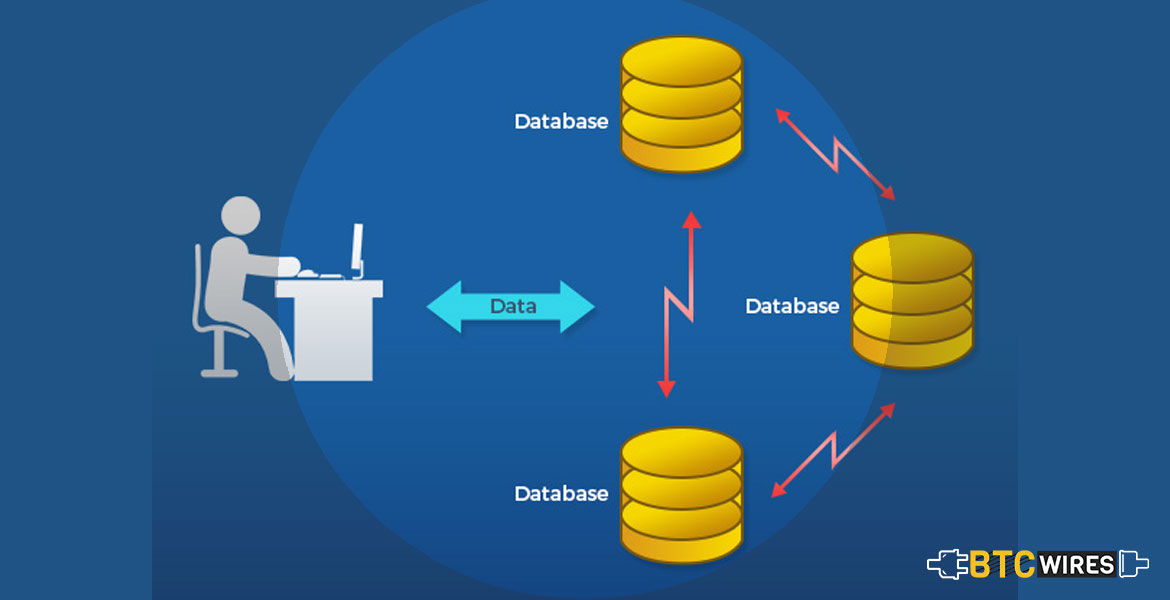A blockchain database often stores a wide variety of records,

A blockchain database often stores a wide variety of records, be it public or private, transactional or administrative. Even within the blockchain network, there can be a few broad patterns of record-keeping that are followed with regard to different kinds of data or information. Prof. Victoria L.Lemiuex of the University of British Columbia has outlined some of the basic types of blockchain record-keeping.
How Blockchain Stores Records
Information or data is recorded in the ledger that can basically be broken down into units called blocks. Each and every one of these blocks has a unique identity of its own, known as its hash value. Each block bears not just its own identity but also the accumulated identity of its previous block. This way, the whole chain becomes tied up in an inexorable manner and records become positively immutable and hence immune to unscrupulous changes
Mirror Type Blockchain Record-keeping Solution
In this type, the blockchain network acts as a vault for the copy or digital representation of original records, which may have been a hard copy or a soft copy that originated out of the given blockchain network. The blockchain serves the purpose of ensuring the records are sincere and valid. The record maintained in the blockchain network literally “mirrors” the original data, in whatever form it may have originated. This pattern can find implementation in both public and private blockchain networks. Prof. Lemieux cites the example of Brazil’s pilot project for land registration that has been set up using the Bitcoin blockchain. While this is an example of a public blockchain, there can be private blockchain networks that use it too, like the permissioned Guardtime blockchain network for the e-health solution of Estonia. In this pattern, there is not just an on-chain record of the data but also an cryptographic copy that exactly mirrors the record updated on the database. The records remain extremely secure because the hashing record of the initially updated information must be verified against that of the cryptographic mirror version to prove integrity.
Digital Record Type Blockchain Record-keeping Solution
In this pattern of record-keeping on the blockchain database, records are not merely copied and mirrored on the network but also created in situ. This creation of data happens via smart contracts. The smart contracts system is largely different from creating records on a digital space such as cloud storage solution. What smart contracts do is they encode pre-set conditions or stipulations for doing something in response of some part of deal fulfilment. Smart contracts are all the more useful when there are several stakeholders who are a part of the process. Once one part of a deal obligation is delivered, the pre-set return deliverables or remuneration is disbursed. This form of record-keeping has been utilized in Sweden’s land registration project.
Tokenized Blockchain Record-keeping Solution
In this type, we have records being maintained by converting real world assets or rights into something representational, into tokens. Data or even metadata (data that provides information about a primary set of data) can be stored in association with records of a transaction stored on a distributed database. Tokens can mainly be of three types, payment tokens such as bitcoin, utility tokens that allow access to rights or services like BAT (basic attention token) or asset-backed tokens that represent a real world asset of some worth. For example, Tether is a token backed by the US dollar. There are other tokens like security and equity tokens as well, in addition to these.
Thus, record-keeping in blockchain, no matter it is public or private, follows any of these 3 patterns.

